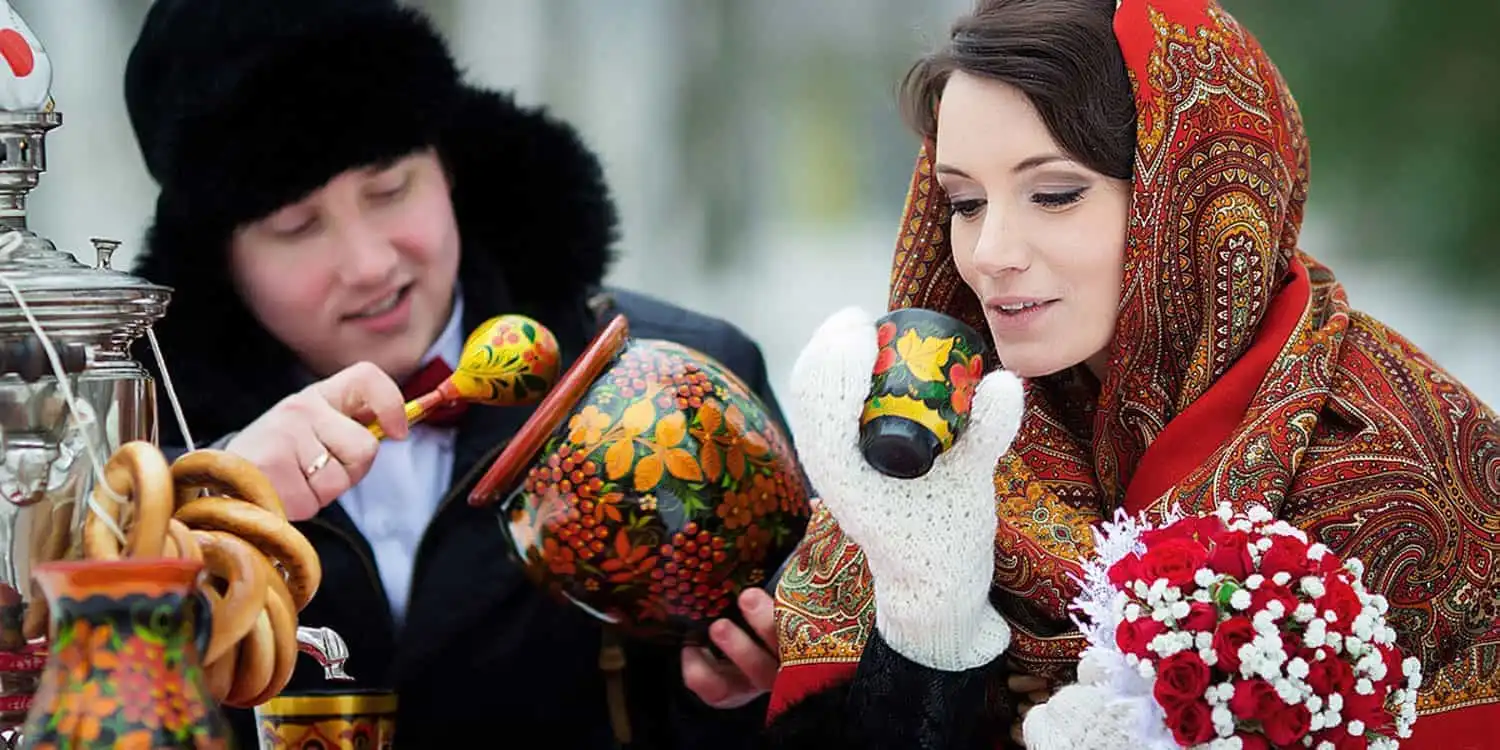|
Almost every nation and country has a reputation of some kind. The English are reputed to be cold, reserved, easy-going and fond of sport. They are a nation of homebodies. "There is no place like home", they say. The British likewise heartily abide by the saying known all over the world, ”My home is my castle” .They prefer a small house built for one family, with a small garden and a fireplace in the centre of the house. They like animals very much and follow tradition concerning food and meals. We know much about English traditions and customs but now I'd like to say a few words about the traditions of my native land, Russia. First, about the Russian people. In my opinion, our main character traits which distinguish us from other people are Russian hospitality, our "open heart" and "golden hands". Wise Russian fairytales reflect this wisdom. Our people are hardworking, patient, never losing hope for a better life. Russia is a talented nation. Russia gave the world the magnificent names of Pushkin and Lermontov, Chaikovsky and Repin, thousands of names of world famous poets, writers, composers, scientists. All of them are the pride of the nation because they elevate the beauty of our land and people. Besides these great names in literature and music, our country is famous for Russian traditional folkart, with our skilled craftsmen and women making painted boxes of Palekh, coloured shawls of Pavlov Posad, clay toys of Dymkovo, laces of Vologda, all of which are known all over the world. Gzhel and Khokhloma are considered to be national cultural symbols of Russia as well as matryoshkas and samovars. The history of khokhloma goes back to the 17th century The production of tableware-dishes, spoons, mugs began at that time in the villages of Suomino and Khokhloma in Nizhniy Novgorod Province, on the banks of the great Russian river Volga. Many carpenters, and painters have been working since then reviving the traditions of old masters. The Khokhloma style is characterized by using plant elements in painting the tableware. The prevailing colours are black, yellow, gold, green and red. And nowadays this craft will hopefully be preserved, to be developed and brought into the future by new generations of painters. The revival of old crafts and folkart is connected with the current cultural renewal of the traditional arts in Russia, of all peoples inhabiting our big country. There are 100 different native ethnic groups. They are proud of their culture, costumes, dances and language. It is the revival of our souls. Now we recelebrate the forgotten holidays of the past, Troisa, Maslenitsa, and Easter. Once again we sing Russian folk songs and chastushki, dance Barinya, spring round dances, perform khorovods, and ride in troikas. Traditional Russian cooking is world-famous for such dishes as okroshka, shi, pelmeni, kurnik, and the beverage kvass. We have begun to build, rebuild and repair churches, that sadly fell into disrepair during the Soviet era, following the 1917 Bolshevik Revolution. One shining example of this reconstruction is the rebuilding of the Cathedral of Christ the Savior in the center of Moscow. It is truly a divine symbol of reviving human feelings, national pride and patriotism. |
Репетитор по английскому языку в Москве на Study.ru.
В базе 102 репетиторов со средней ценой 1133






Комментарии (0)
Чтобы оставить свой комментарий пройдите авторизацию на сайте!